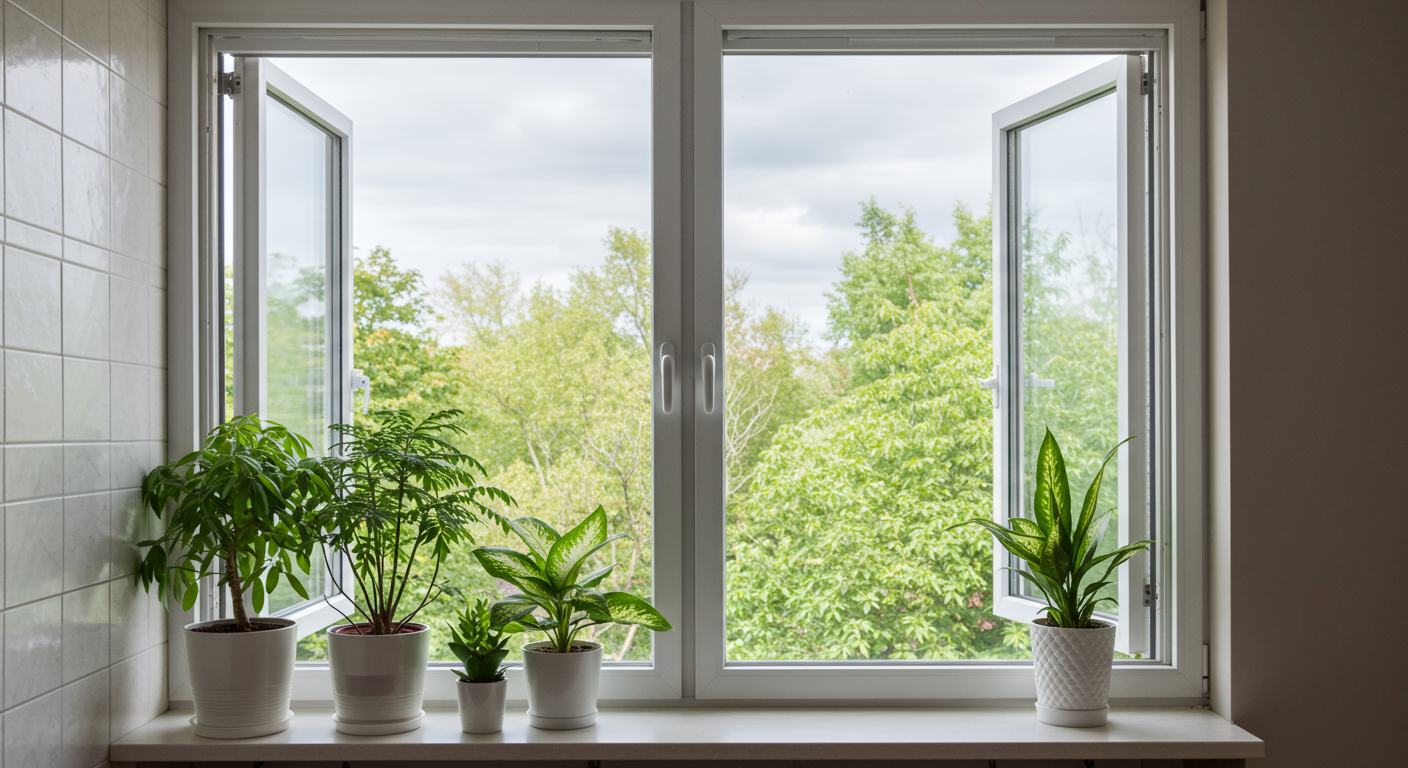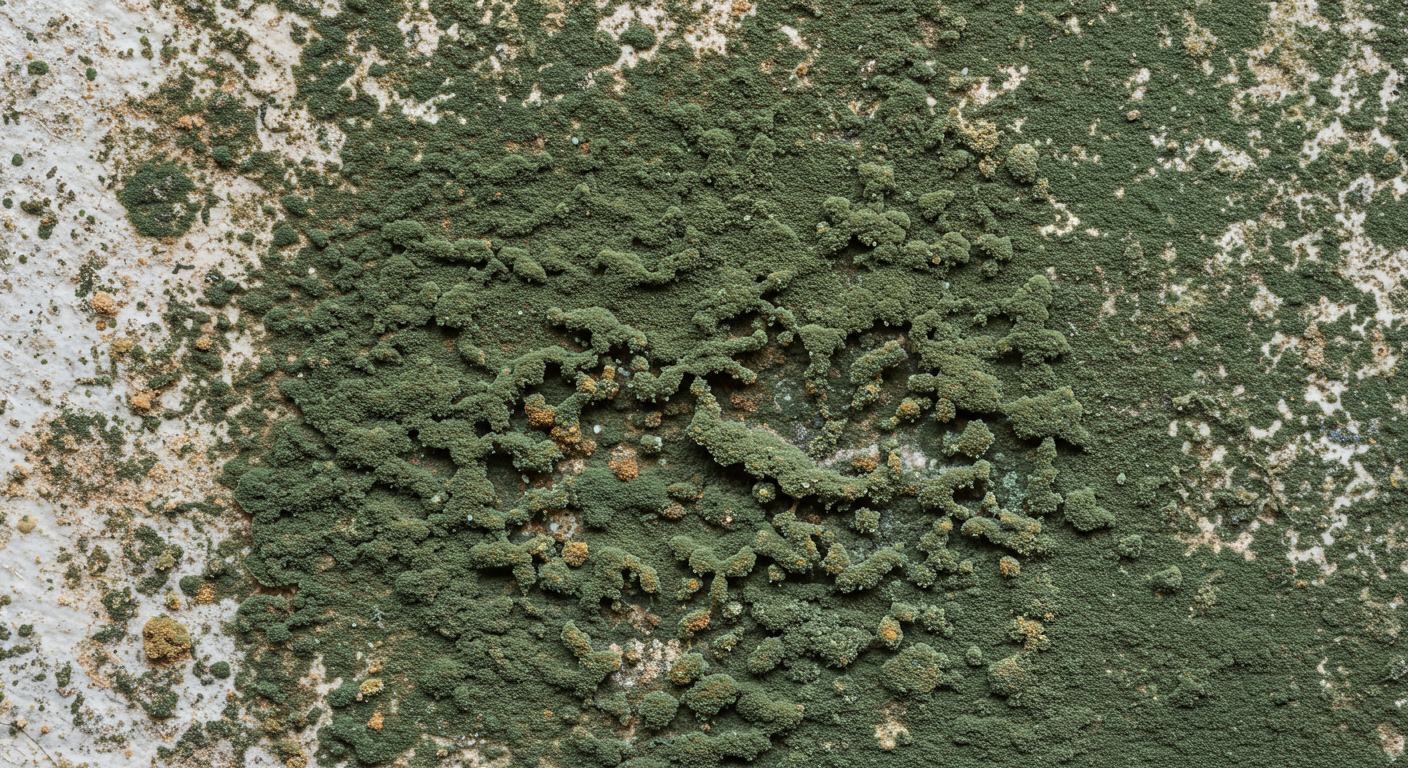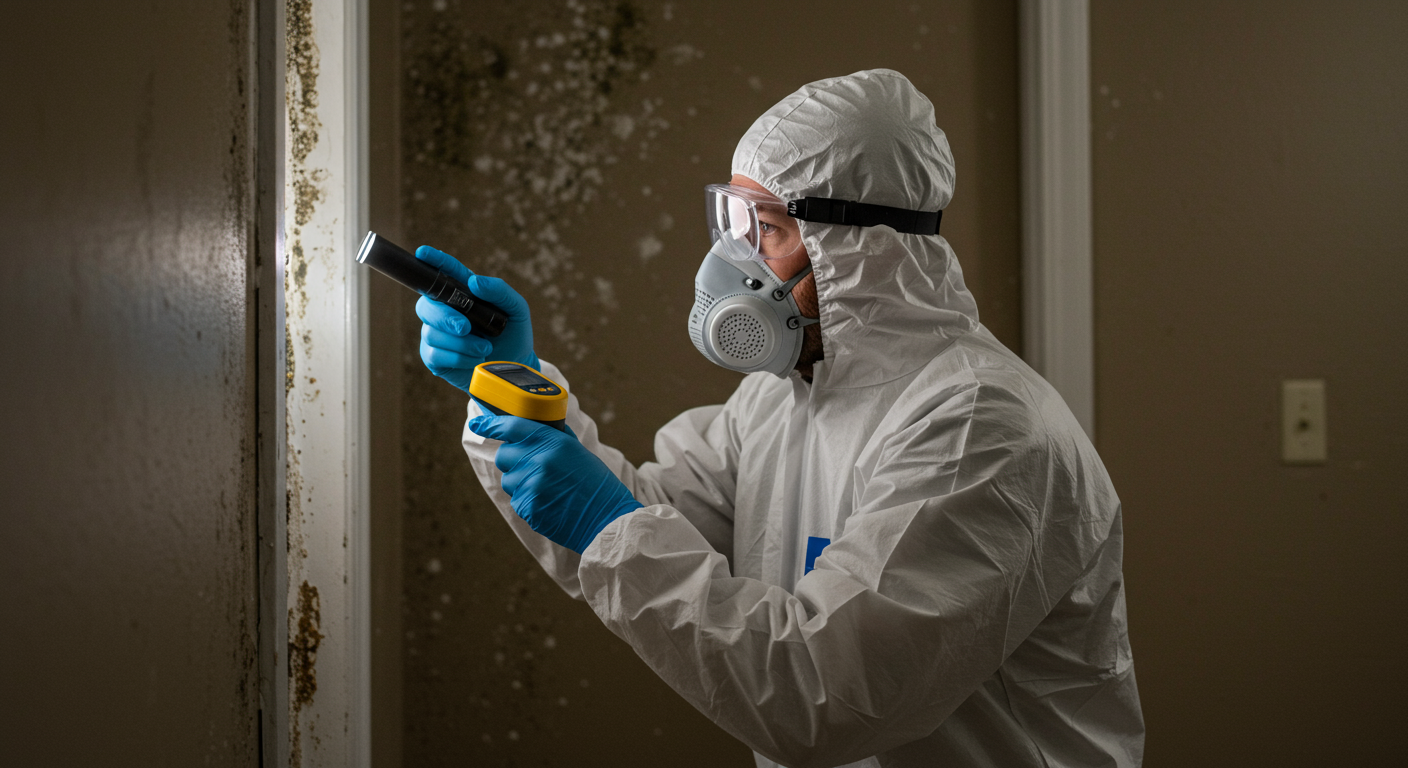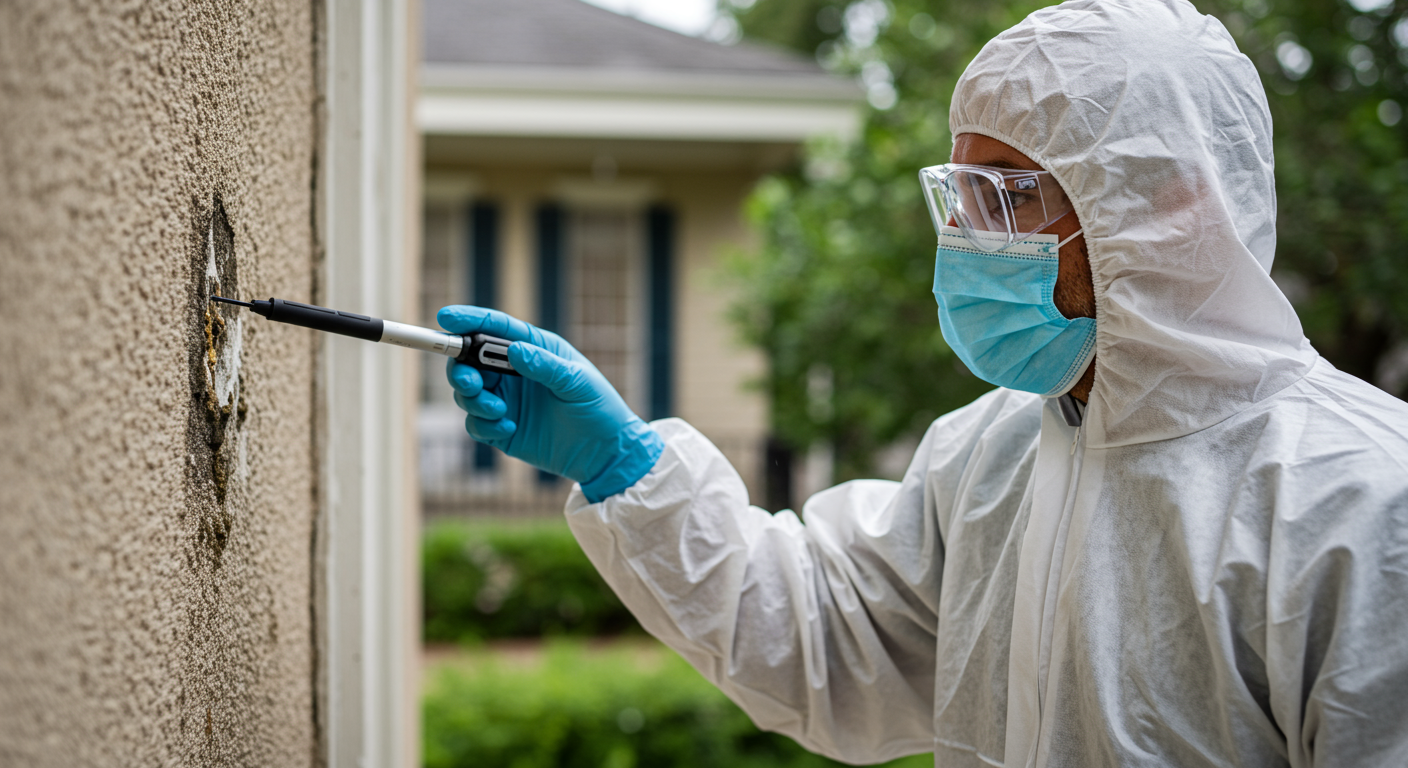Mold growth is a common issue that can affect any household, posing risks to both property and health. Understanding the factors that contribute to mold growth, its potential health implications, and effective prevention and remediation strategies is essential for maintaining a safe and healthy living environment. This comprehensive guide explores everything you need to know about mold growth and how to manage it effectively.
What is Mold and Why Does it Grow?
Mold is a type of fungus that thrives in damp, humid environments. It reproduces through tiny spores that travel through the air, settling on surfaces where moisture is present. There are various types of mold, including black mold, which is particularly notorious for its health risks. Mold growth is often triggered by factors such as water leaks, high humidity levels, and poor ventilation.
The conditions that favor mold growth include warmth, moisture, and organic materials like wood or drywall. For example, a poorly ventilated bathroom or a basement with water seepage can quickly become a breeding ground for mold. Understanding these conditions is the first step in preventing mold from taking hold in your home.
Health Risks Associated with Mold Exposure
Exposure to mold can lead to a range of health issues, particularly for individuals with allergies, asthma, or weakened immune systems. Common symptoms include sneezing, coughing, skin irritation, and respiratory problems. Prolonged exposure can exacerbate these symptoms and lead to more severe health complications.
Certain populations, such as children, the elderly, and those with pre-existing respiratory conditions, are more vulnerable to the effects of mold exposure. For instance, black mold exposure has been linked to chronic respiratory issues and even neurological problems in extreme cases. Addressing mold growth promptly is crucial to safeguarding your health and well-being.
Preventing Mold Growth in Your Home
Preventing mold growth begins with controlling moisture levels in your home. Key strategies include fixing leaks promptly, using dehumidifiers, and ensuring proper ventilation in areas like bathrooms and kitchens. Regularly inspecting your home for signs of water damage can also help you catch potential issues early.
Maintaining indoor humidity levels below 50% is another effective way to prevent mold. This can be achieved by using air conditioners or dehumidifiers, especially in humid climates. Additionally, ensuring that your home is well-ventilated by opening windows or using exhaust fans can significantly reduce the risk of mold growth.

Mold Cleanup and Remediation
When mold growth is detected, it’s important to address it immediately to prevent further spread. For small mold issues, DIY cleanup methods such as scrubbing with a mixture of water and detergent can be effective. However, it’s essential to wear protective gear to avoid inhaling mold spores during the cleanup process.
For larger infestations or toxic mold types like black mold, professional remediation services are recommended. Experts have the tools and expertise to safely and effectively remove mold, ensuring that it doesn’t return. If you’re in New Orleans, consider exploring expert mold remediation services to protect your home and health.
Mold growth is a serious issue that requires proactive measures to prevent and manage. By understanding the causes of mold, its health risks, and effective prevention and remediation strategies, you can maintain a safe and healthy living environment. Whether it’s through moisture control, proper ventilation, or professional cleanup, taking action against mold growth is essential for the well-being of your household.


